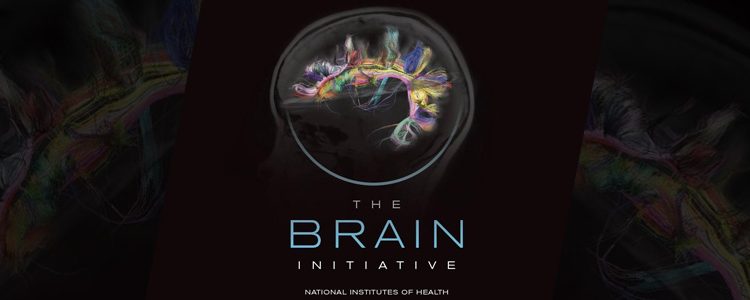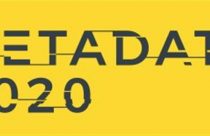What Is the BRAIN Initiative?

After the unprecedented success of the Human Genome Project, many similar “megaprojects” that were previously dismissed as beyond our current research capabilities have been revisited!
One of these was a project to map what neuroscientists and nanoscientists have characterized as the “impenetrable jungles” of brain function. The Brain Activity Map (BAM) as the project was initially titled was designed to leverage as much of the experience of the Human Genome Project as possible, both good and bad.
Battles between federal and corporate funded projects would, it was hoped, be precluded by a fully resourced budget from the National Institutes of Health (NIH), and with the very real prospect of finding cures for both Alzheimer’s and Parkinson’s, the project was expected to find strong bipartisan support.
From BAM to BRAIN
By the time the project was announced at the White House by President Obama in April 2013, after a fleeting mention in his State of the Union Address in February, the Brain Activity Map project had been renamed as the BRAIN Initiative (Brain Research Through Advancing Innovative Neurotechnologies). And the key stakeholders in addition to the NIH now included the National Science Foundation (NSF), the Defense Advanced Research Projects Agency (DARPA), and private foundations such as the Allen Institute for Brain Science, and the Salk Institute for Biological Studies.
From Terabytes to Yottabytes
When first announced in 2013, the BRAIN initiative was given an initial financial commitment of $100 million in the 2014 budget. However, after several months of deliberations by an NIH-led working group, the broader funding budget for the project was raised to $4.5 billion over the next decade. That amount, when compared to the $40 million that the NIH is currently committed to contribute to the overall budget for BRAIN, demonstrates how much ground still has to be covered.
Much of that anticipated expenditure has been earmarked for technological capabilities that have yet to be realized. For example, DARPA will be leading the initiative to develop computational capacity to analyze the gigantic datasets that will be generated as neuroscientists attempt to capture and measure “dynamic neural and synaptic activities.” To give “gigantic” a more concrete scale, the NIH Director Francis Collins estimated data handling needs in yottabytes, where a yottabyte is equal to one billion petabytes and one petabyte is equal to one thousand terabytes.
Managing Expectations
The success of the Human Genome Project that inspired so many scientists to make the leap and originally propose the BAM project also brought with it some wise advice. The expectations of the breakthroughs that would follow the mapping of the human genome were, in hindsight, unrealistic in terms of the avalanche of medical breakthroughs that would magically appear once the sequence of 3 billion base pairs had been mapped. In the case of the BRAIN Initiative, the goal of a greater comprehension of neural activity will provide much improved clarity, rather like increasing the number of pixels on a television screen. But then, additional work on the underlying anatomical network structure will be needed before cures for Alzheimer’s and Parkinson’s can be promised.








